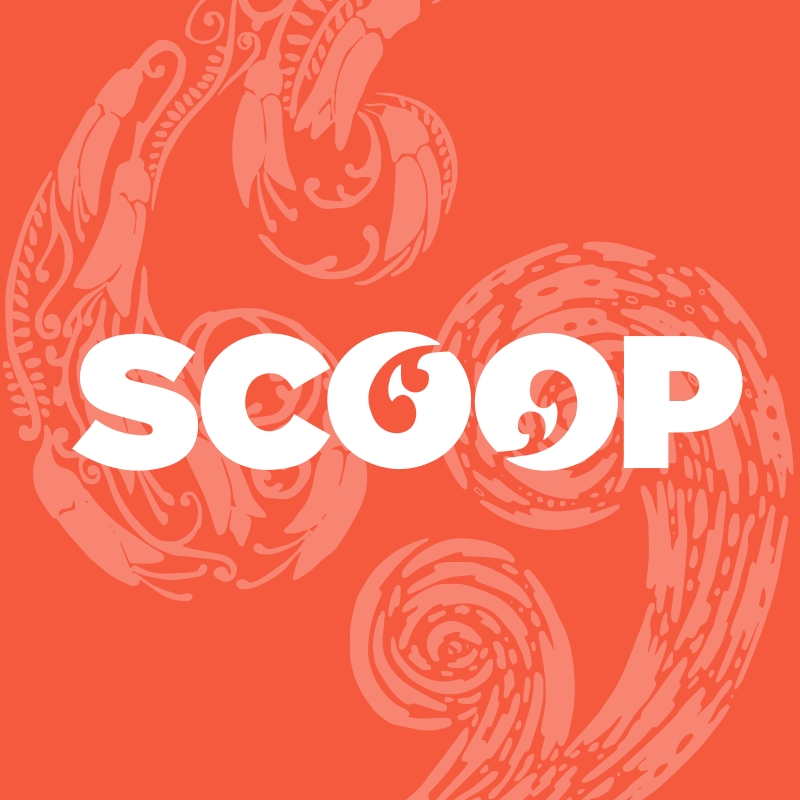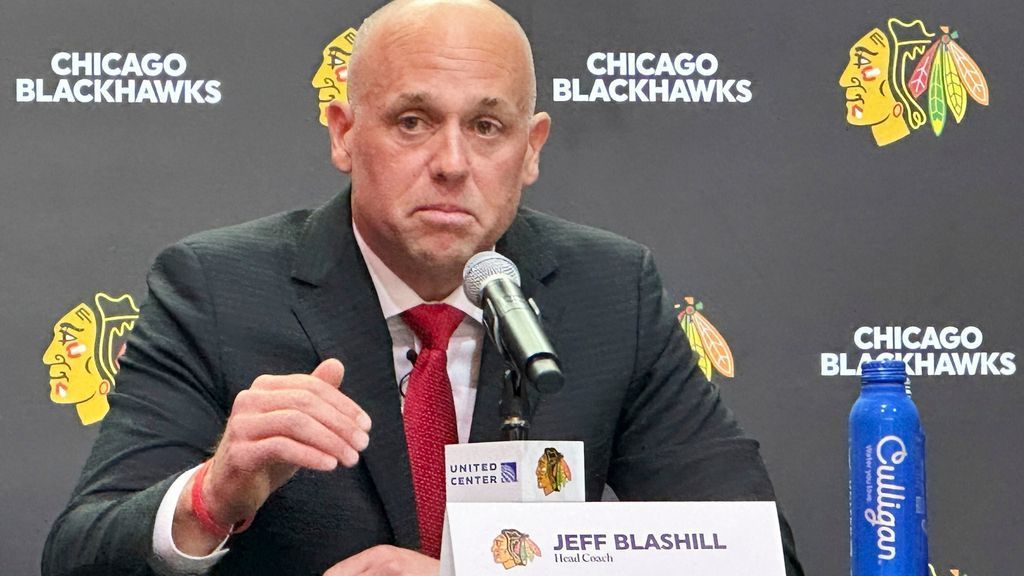By Saturday, 27 September 2025, 5:18 Am Opinion: Ian Powell
Copyright scoop

The increasing level of corporate ownership of general
practices is a ‘below the radar’ growing concern within
Aotearoa New Zealand’s health system, including many
general practitioners and their professional
Broadly speaking there are four main forms of
general practice ownership. The largest but declining is
GP-owned practices.
Then there are the corporates
(private for-profit companies) whose number of practices and
enrolled patients are increasing. Community based
not-for-profit ownership is the third form while Health New
Zealand (Te Whatu Ora) is both the fourth and
Who are the
There are four corporate owners.
Tamaki Health Ltd is described as the biggest with 50
general practices covering 230,000 enrolled patients. Adding
to its size is its ownership of the White Cross urgent care
Tamaki Health began, in 1970, as a GP owned
practice (initially called East Tamaki Healthcare). Dr
Kantilal Patel and his wife Ranjna Patel focussed on
high-needs patients in Auckland.
Over the years the
number of practices gradually expanded but its founding
focus remained as its mantra. It did not become corporate
owned until 2017.
Today it is the only corporate which
is owned by a private equity firm (Sydney based Mercury
Medical Holdings). This ownership makes it permanently
vulnerable because private equity owners are in for a
shorter-term profit through on-sale.
On the other
hand, Tamaki Health retains much of the operational
cooperative patient focus that prevailed for over 40 years
prior to corporate ownership.
Green Cross Health Ltd
is the oldest corporate owning 66 general practices covering
423,000 enrolled patients.
Although the company was
formed in 1981, until 2014 it was only involved in pharmacy
ownership (currently Unichem and Life Pharmacy). From 2014
it began purchasing general practices.
Tend Health Ltd
is the newest corporate. Formed in 2020 it currently owns 13
general practices covering 80,000 enrolled patients. It is
also starting to branch out into urgent care
Formed in 2010, Third Age Health Services Ltd
has a narrower focus than the other corporates. It provides
healthcare services to older adults residing in aged
residential care facilities along with private hospitals and
secure dementia units. Based in Hawke’s Bay it has
20,350 enrolled patients and owns six practices.
the corporates are driven by the imperative to be
profitable. They all promote telehealth with Tend Health
arguably having the biggest profile.
Tend Health and
Green Cross have the most in common as they both started as
corporates from their inception.
In contrast Tamaki
Health has only been corporate owned for the last eight
years of its 55-year history. This does have a contrasting
impact on its operating culture.
It is also reflected
in its average practice size. Whereas Green Cross and Tend
Health practices have on average noticeably larger enrolled
populations (6,409 and 6,154 averages respectively), Tamaki
Health has an average 4,600 enrolled patients per practice.
[Third Age Health’s average is 3,392.]
Alarm bells over corporate ownership
For over two years I have been ringing
alarm bells over the increasing corporate ownership of the
health system’s general practices.
On 12 June 2023
BusinessDesk published an opinion piece by me
reporting on the results of a College of General
Practitioners workforce survey: GP
ownership declines; corporate ownership increases.
The survey identified that general
practice owners were a declining minority of GPs falling
from nearly 40% in 2014 to 31% in 2022.
Further, the
number of GPs reporting that they worked in a GP-owned
practice was 73% in 2015. By 2022 the number has dropped to
On the other hand, the number of GPs reporting
they worked in a fully or partially corporate-owned practice
has doubled since 2015. By 2022 it was 14%.
me to conclude that:
Whether the decline
accelerates or not, the indications are that the winner will
eventually be corporate ownership. Unless something of
significance changes, much of general practice will be
provided by relatively big, rather than small businesses.
Further, it will happen by drift, in the absence of debate
over whether this is a good
Corporate expansion by
On 29 February 2024 Newsroom
published my opinion piece on expanding corporate general
ownership: Corporate
expansion by stealth.
Much of my focus was on
Tamaki Health and Green Cross Health in the context of
corporate expansion into general practice ownership within a
policy vacuum. I concluded that:
GP-ownership’s decline accelerates or not, the indications
are that the winner will eventually be corporate ownership.
Unless something of significance changes, much of general
practice will be provided by relatively big, rather than
small businesses. Green Cross’ endeavours to concentrate
its general practices in the only primary health
organisation with a national mandate suggests a shift from
drift to stealth.
Whether increased corporate
control of general practice eventuates by either means, the
absence of debate over whether this is a good thing and the
presence of a policy vacuum is a bad
Policy vacuum
May 2024 I posted in Otaihanga Second Opinion my
concerns about how this policy vacuum enabled corporate
general practice ownership by stealth: Profit-driven
corporate ownership expansion is enabled.
stealth enabling policy vacuum led me to issue the following
It is time the leadership of the health
system stepped up. Failure to do so is likely to lead to
increasing corporate driven profit extraction dominating
general practice. It would mark a transition from healthcare
being a public good to a
On 6 July 2024 Otaihanga Second
Opinion discussed, in the context of the experience of a
Green Cross Health owned practice in Lower Hutt, a perverse
outcome linked to the misuse of the capitation funding
formula: Perverse
observation was as follows:
This leads to the
critical question: why has corporate ownership led to the
crisis at its latest Lower Hutt practice with its mass loss
of doctors and nurses. At the heart of it is the drive of
corporates for profit-maximisation.
of achieving this overriding objective is the use of the
capitation funding formula for general practice in a way
that was not contemplated by its
In essence,
capitation is per capita funding of practice enrolled
patients supplemented by age and gender
The more the number of enrolled
patients, the greater the funding revenue to the corporate
owner. The big variable is the length of patient
consultations.
The shorter the consultation,
the greater the patient throughput, the greater the number
of enrolled patients, the greater the ring of the metaphoric
cash register, and the greater the work pressures and
dissatisfaction of the GPs and nurses.
have corporates positioning to extend their influence on
Primary Health Organisations. But that is another post. Look
out for it; just
© Scoop Media



